Mutual Attraction
Adam Barker has one important thing in common with his clients: a love of landscape.
• September 2021 issue
Based near Salt Lake City, Utah, Adam Barker was raised in a rugged setting of mountains, valleys, and desert. It follows that he has an avid interest in the outdoors. That, combined with a love of fine art, ignited Barker’s career in landscape photography. He realized early in his professional journey that fine art, although appreciated by the public, wasn’t going to provide him the income required for a comfortable lifestyle. Competition is tight and the pool of potential buyers is distinct in the landscape photography niche. The likelihood of routinely selling high-dollar prints is fairly low.
“The bar to entry in landscape photography has never been lower,” says Barker. “It’s never been easier to shoot an exceptional image or at least a very good one. Anyone can take their iPhone out and just spin in circles and make an A-minus image on a great day.”
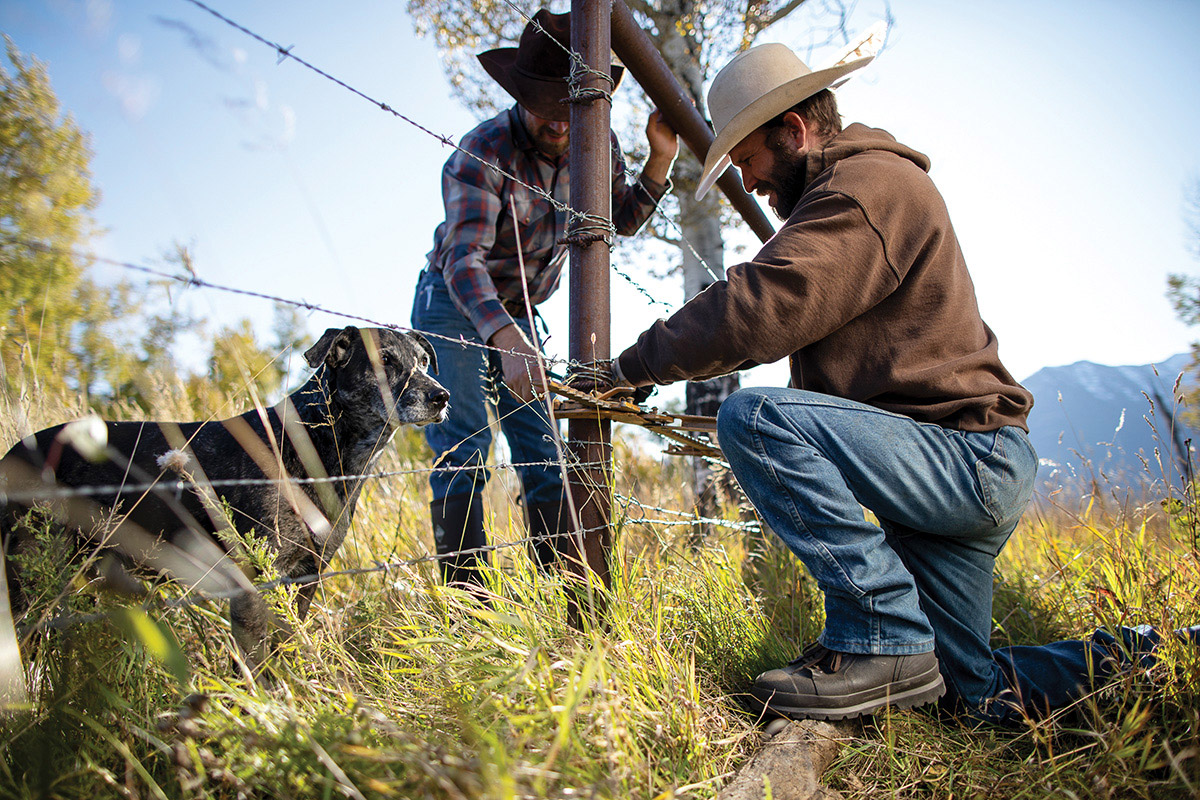
That might sound like a significant stumbling block—even a legitimate reason to throw in the towel. But for Barker, it was a nudge to specialize and differentiate, to home in on work that would marry his love of landscapes with his need for clients. He found the perfect match in outdoor lifestyle branding. Now, almost 13 years in, his active lifestyle portfolio is a breathtaking array of images featuring skiing, fly fishing, waterskiing, mountain biking, road biking—anything you can do outdoors while using or wearing a product. His clients are outdoor brands that prioritize beautiful landscape imagery to highlight their wares.
“That was essential, that I realized you can create an exceptional landscape or outdoor image, put someone in it with a product or experiencing a destination, and it ups the commercial value of your work,” he says. “It opens up this new playing field for monetizing your work.”
MORE THAN AN INDEX FINGER
Part of Barker’s success with brands such as Yeti, Columbia, and Patagonia is that he’s found a way to build relationships and stand out in a crowded field without bending to the pressure of competitive pricing.
“I’ve traveled a lot and been fortunate to see so much of this world,” he says. “A lot of people want that. And this happens in any genre—there’s always someone who will do the work for less than you.”
Barker’s approach has been to lean on the expertise his extensive portfolio demonstrates and stick to his guns when it comes to producing quality imagery for a fair price. Though he realizes most clients can’t resist sniffing out a deal, Barker says he wants clients who prioritize the end product. He’s willing to do what it takes to make the partnership a win-win for everyone. But ideally, he says, he wants clients hiring him for more than his index finger.
Because he’s frequently tasked with producing “A-plus images in C-minus conditions,” Barker walks the delicate line of pricing his worth and making sure clients understand that value. It’s also about knowing what a winning image means for each client, he says.
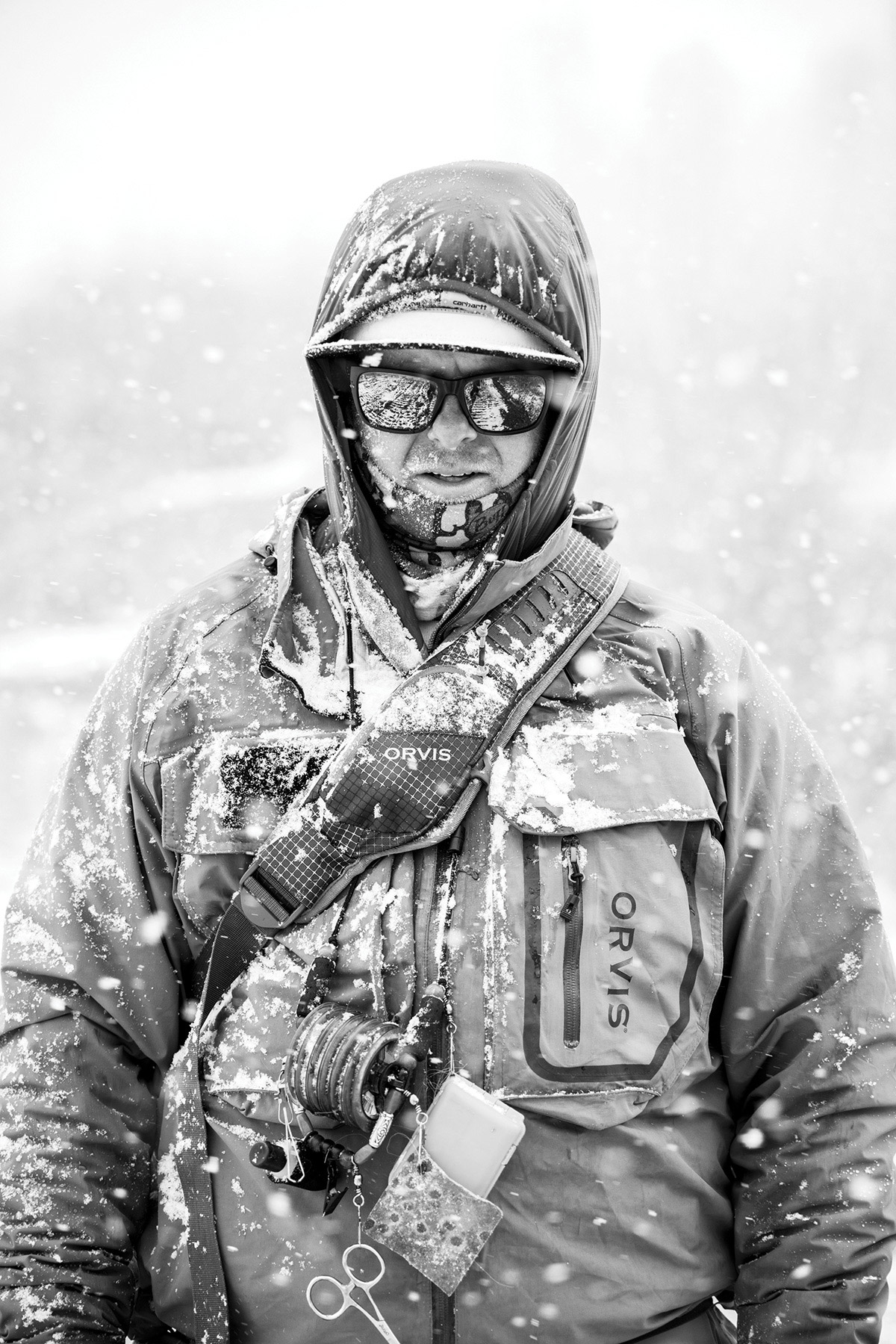
“Successful commercial photographers are actually successful problem solvers,” he says. “There are so many things that go into what makes an image resonate with a client. Photographically, you could produce something completely amazing, but if it doesn’t answer the needs and wants of the client, you’re just getting caught up in the craft. That goes across the board—weddings, portraits, commercial work, all of it.”
It’s a sixth sense every photographer should develop: knowing what a client wants and needs even when they don’t spell it out for you. Developing that sense comes with time, and Barker emphasizes the importance of listening to clients and watching their body language to see how they react to your ideas and questions.
“It all comes down to communication,” he says. “Everything hinges on the dynamic between the photographer and the art director, the talent or, say, the bride.”
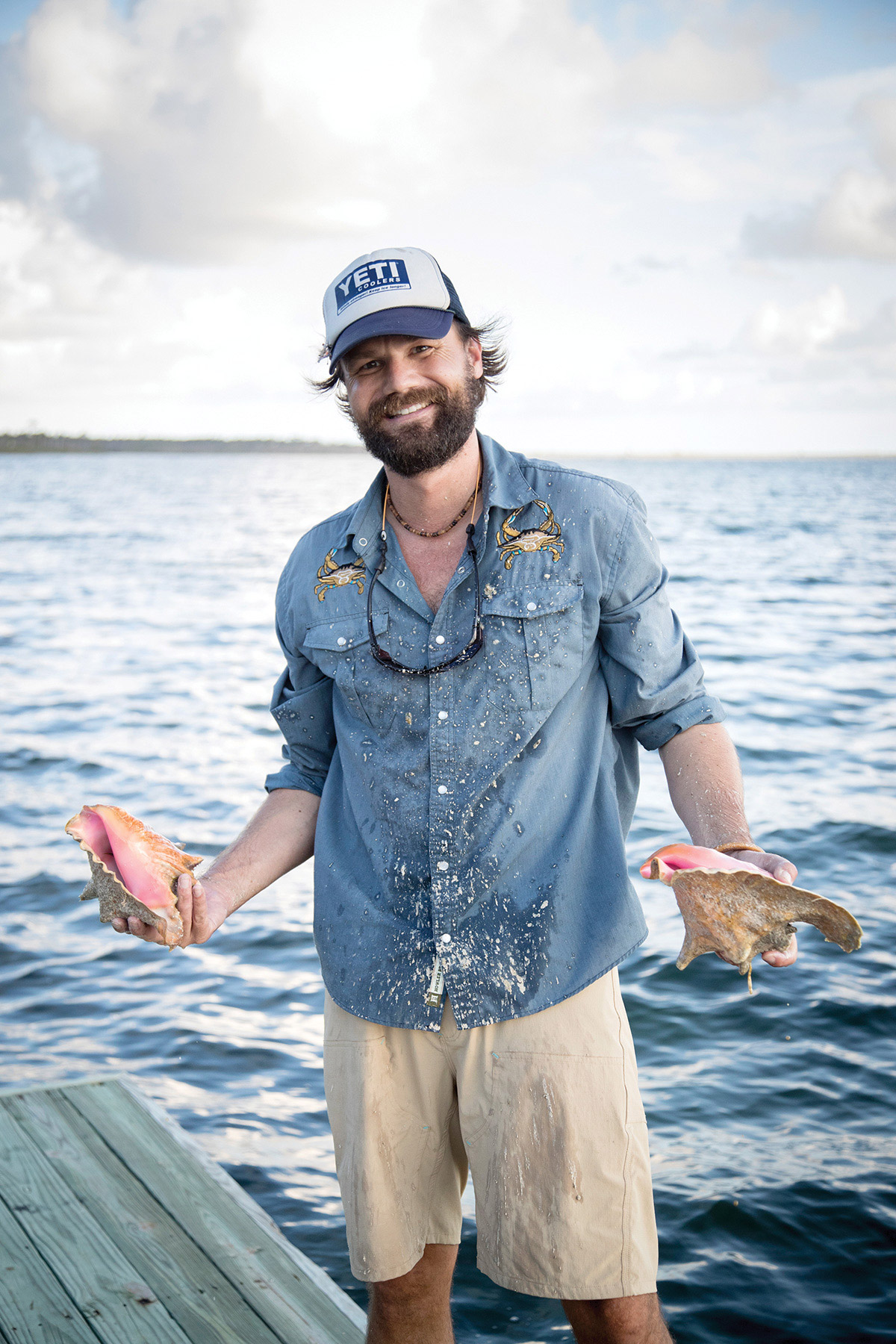
PHOTOGRAPHY ISN’T THE HARD PART
It’s important that professional photographers make it known they’re professional, not hobbyists or amateurs, Barker says. Even if it’s your side-hustle, it’s imperative to make that distinction. At the root, photographers are in the business of providing relevant images to clients, and mastering the technical part of the job is a given. It’s everything else that trips up people, says Barker.
“There is so much parity in how we run our businesses that it’s confusing,” he says. “There’s an absolute abundance of technical information online—everything you need to know about f-stops and shutter speeds and filters. But creatives hold everything else so tight to their chests. There is no industry standard for any of it. When a client comes to me and asks why they can get something 400% less from somewhere else, they want to understand why. That’s why relationships are incredibly important.” It’s also why it’s essential to build your business on a brand that truly represents who you are and what you do.
Barker’s prior work in marketing and public relations gave him a leg up when it came to establishing his brand and keeping it consistent. But he knows most photographers don’t have that background, and it’s often a struggle for them to identify their brand persona and communicate it effectively to the world.
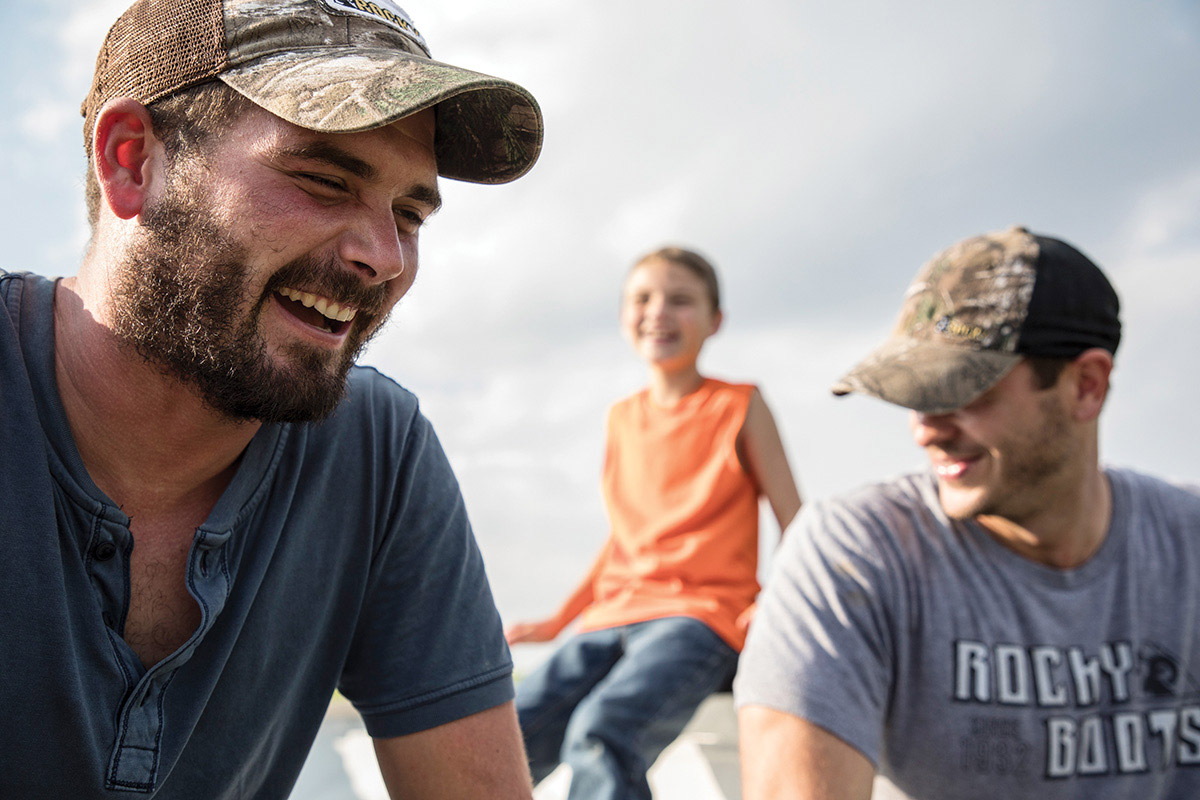
“It’s a huge cliché, but ‘Fake it till you make it’ is one hundred percent true in the sense that each time you do a job that’s a little outside of your comfort zone, it creates a much bigger comfort zone for future work,” says Barker. “Don’t ever point out your flaws or give people a reason to doubt or not to hire you.”
Barker believes in the importance of transparency. Don’t lie to clients, but strike a balance of being open as well as strong and professional.
“I don’t have a problem appearing vulnerable and real, and that’s what you’ll see on my Instagram,” he says. “But from a client standpoint, I want to look polished, like I’m going to get the job done.”

CHANGE ISN’T OPTIONAL
Barker’s work load is cyclical, and 2016 was the bottom of a cycle. He went a long period without new assignments, and while he’s normally not a vocal complainer, he admits he played a tiny violin for himself on social media.
“I had this random [social media] response that said, ‘Adapt or die,’’ he says. “It was pretty heartless and cold, but it was actually incredible advice. And it’s the truth.”
If the only constant in life is change, then being adaptable is necessary for survival. Competition on the rise, new tech to learn, sudden losses of long-term clients—any number of obstacles can either take you down as a photographer and entrepreneur or help you get stronger.
“How do you combat adversity?” asks Barker. “Nobody is going to solve these problems for you. Have a good cry if you need to, and then get back to work.”
You can be lucky a couple of times in life and in your career, says Barker, but it’s what you do with that luck that makes all the difference. Be in a good position to take advantage of what’s thrown your way. “Luck favors the prepared.”
Stephanie Boozer is a writer in Charleston, South Carolina.

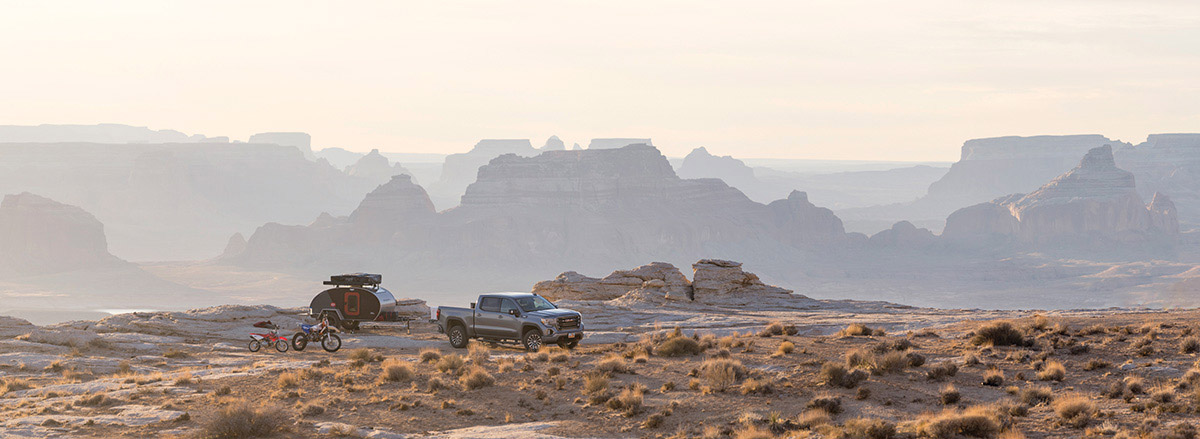
 View Gallery
View Gallery


